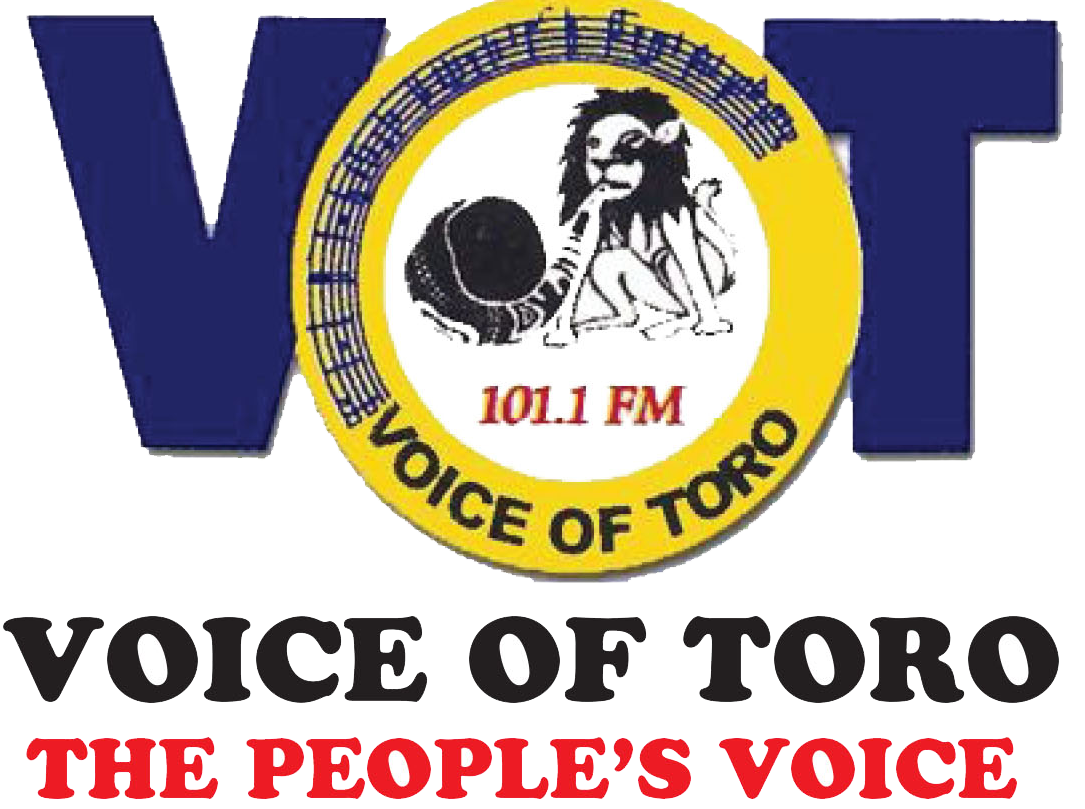Valley dams, a mitigation for drought in Ntoroko
By Kagenda Edward

A Community valley dam in Butungama sub county Ntoroko district
Ntoroko. Valley dams have played a very important role in mitigating drought in Ntoroko district something the district authorities believe will be important in increasing cattle productivity
In 2013, Hon Rwamorama Bright the minister of Agriculture, Animal Industry, and Fisheries pledged for the construction of valley dams in Ntoroko district after severe drought hit the district
Two excavators and a bulldozer were sent to Ntoroko District to start the process of digging up valley dams in March 2022 after pastoralists tasked the government to fulfill its pledge of constructing valley dams to address the water crisis in the district.
Dr. Patrick Businge, the District Production Officer says the government intervention was timely owing to the prevailing harsh condition resulting from prolonged drought. He says that valley Dams have partly helped livestock farmers and the district to overcome the challenges of water scarcity for animals.
He adds that the district has a total of 38 dams with one from government and others by farmers who only contributed fuel to have their dams excavated and they have been most effective in Butungama and Bweramule sub counties which are the most stressed areas due to nature of land
The district is prone to prolonged droughts which has affected cattle keepers whose basic source of livelihood is livestock. Statistics from the veterinary office indicate that at least 40,000 heads of cattle died between 2019 and 2020 and 17,000 died between 2021 and 2022 with a reduction attached to presence of valley dams
According to the recent census, the Ntoroko cattle corridor has over 230,000 heads of cattle, however, due to the prolonged dry spell seasons, the district has low milk production capacity.
Sekanabo Fred, the Ntoroko district Disaster and unpreparedness focal person says the district experiences prolonged drought in the month of August and September, January to April which months are characterized by rampant bush burning especially in the park
He further advised farmers to always reduce the number of cattle by selling the weak ones that may not survive the prolonged drought .Sekanabo says it will reduce on the competition for grass

Dr. Patrick Businge the Ntoroko District Production Officer
Interventions
Dr. Businge says the district has now embarked on sensitizing livestock farmers to keep a sizable number of animals that is commensurate to the land they have and water to reduce the number of animals that die as a result of drought.
He adds that with support from the ministry of water and Environment, the district received equipment to use in water for production where farmers contribute 30% with government footing 70% which they hope will help farmers to grow pastures, crops and have enough water during the dry spells hence limiting their movements during drought.
The district is also planning to acquire a solar pump that will be used to pump water to the reserve tank that will be used during the dry spell for both domestic use and for animals
The construction of two mega is also expected to start before the end of this year where one will be in Kimara which will hold 5million cubic meters of water and another in Bugando Bweramule Sub County under the ministry of water and environment
Sensitizing farmers on the importance of adapting the new farming methods such as preserving pasture for future use especially during the dry spell
Kemigisa Jane Nkojo the secretary for works and technical service Ntoroko district says since government excavated a dam, the number of animals dying have reduced since they no longer trek long distances in search for water. She adds that the valley dams have not only been helpful to animals but also at homes by providing water for domestic use
Kasoro William the Ntoroko district chairman says the dams have been effective but the rollout was small expounding that when the district was hit by severe drought ,the ministry minister of Agriculture, Animal Industry, and Fisheries brought machineries and excavated one mega dam in Kimara parish Butungama Sub county where farmers supposed to contribute fuel so that dams can be dug in their farms but only few managed since their source of income are products from cattle and selling them of which they were in a sorry state
According to Kasoro, more dams are still needed since there is only one community dam was excavated by government and they are very expensive hence calling for government to at least excavate a dam in every a parish
Farmers on valley dam’s effectiveness
Charles Kasoro a livestock farmer with 4 valley dams says the dams have been very reliable since they were dug but their effectiveness depends on the number cattle with the capacity of the available dam
James Mwesige says the dams have been effective since he dug them in 2020 and he has never lucked water even during the severe dry seasons .He however adds that it cost between ten to fifteen million to have one dam dug which he says is very expensive hence calling for provision of equipment at subsidized rates which can enable farmers have as many valley dams as possible
Mwesige advised farmers to have cattle that are matching with the available resources such as having valley dams that are matching the number of cattle they are having if they are to have water even throughout the dry spell
Karusoke Constantine says the have been very use full not only to the animals but also for domestic use
Challenges faced by farmers with valley dams
Valley dams have been identified as sources of spread of diseases since animals are from farms with different management as there is frequent livestock movements in and out of the district in search for water hence leading to the spread of diseases like ticks, foot and mouth disease which has in most cases sparked off conflicts between owners of farms and those looking for water
Bush burning which is rampant during the dry seasons especially in the national park has forced wild animals out of the park which end up grazing with the cows which forces them (cows) to also move to the park during the rainy season exposing them to risks of contracting wild diseases and being eaten by wild animal
Farmers are faced with challenges of attacks by wild animals especially elephants and Buffalos in search for which threatens the safety of their animals and families
End


